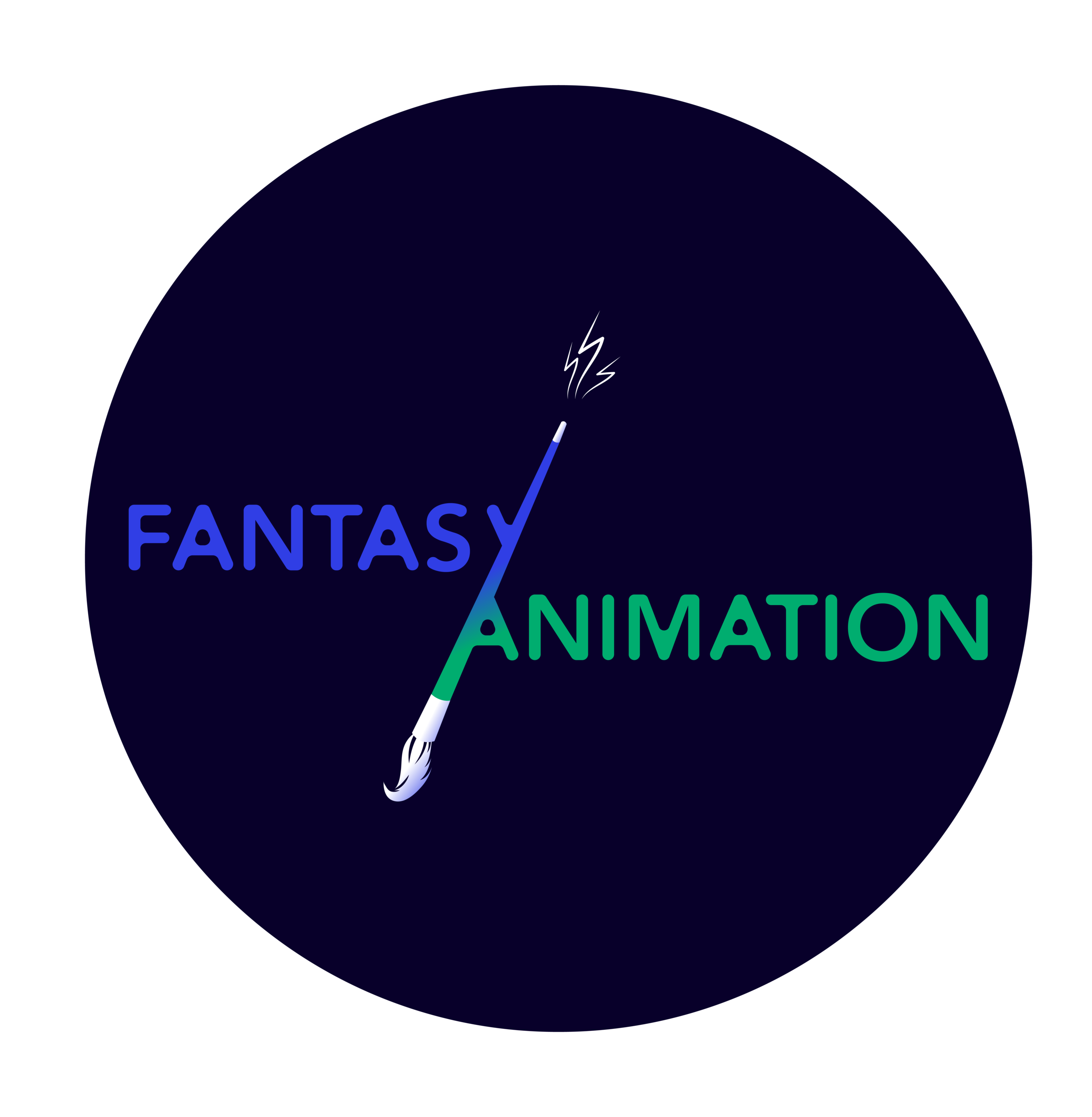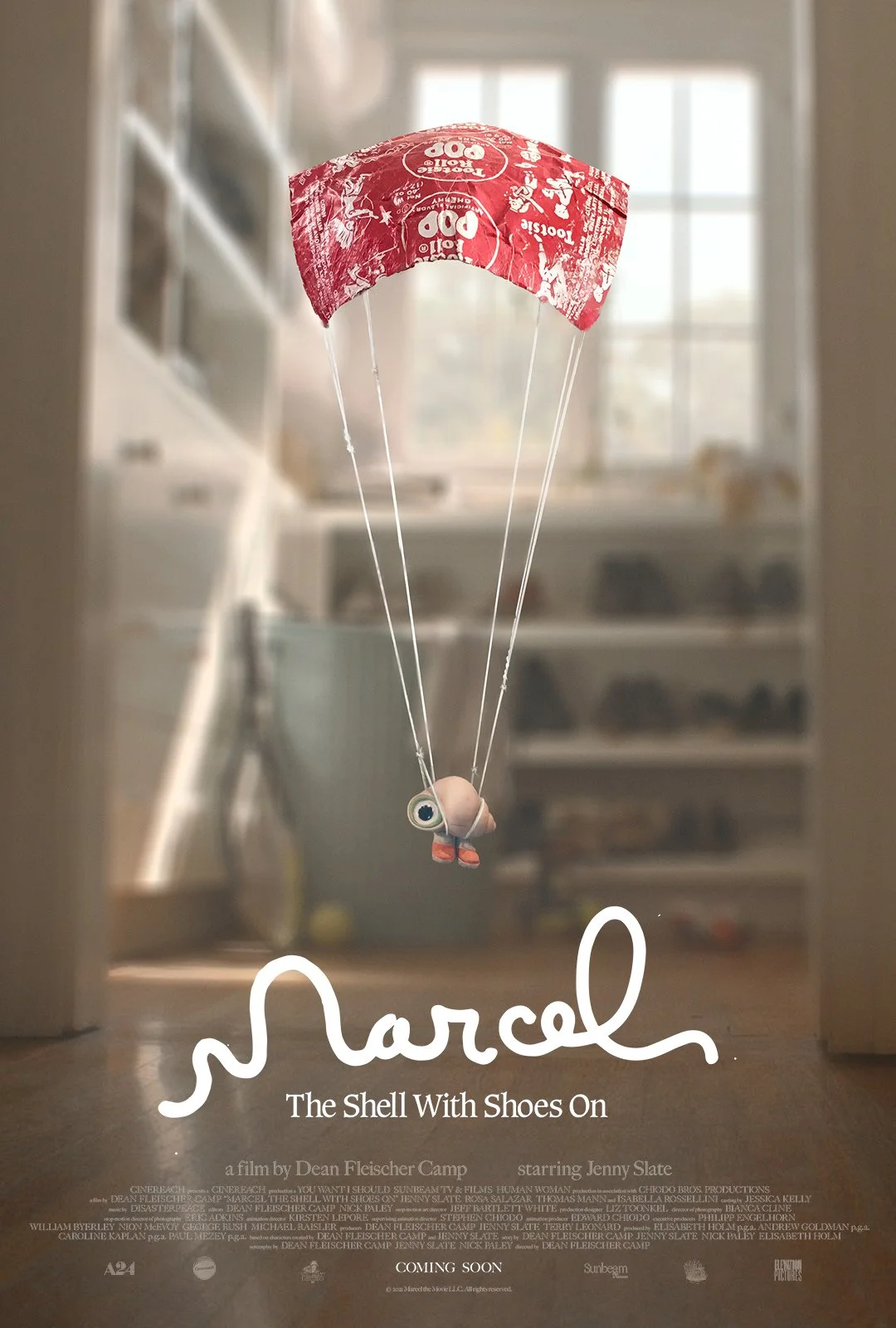The Fall of 2022 marked the 9th year of running of The Factual Animation Film Festival (FAFF). Following the success of 2021, this time the festival maintained its hybrid format offering both in-person and online events. Those who found themselves in Berlin on September 24th, could attend a screening at local Z-inema moderated by Marina Belikova, one the festival’s producers.
Read MoreThe first event of the new BAFTSS Animated SIG was a very spooky one. Threading the often-unexplored relationship between animation and horror and organized by Dr. Sam Summers (Middlesex University), “Animated Horror: An Online Mini-Event” (Fig. 1) took place online on October 19, 2022. Even though it was a short one, the seminar offered a great deal of varied richness on issues of liminality, transformations, and the overlapping of horrific and seemingly innocent content, within animated horror.
Read MoreSystematic genre criticism has gone out of fashion and Sotiris Petridis’s Anatomy of the Slasher Film: A Theoretical Analysis (2019) is an attempt to respond to this pressing need in genre studies. Anatomy of the Slasher Film (Fig. 1) consists of an introduction, four chapters, a conclusion, two appendices (“Films Referenced” and “Semantic Elements”), endnotes, a filmography, a bibliography, and an index.
Read MoreWendell & Wild, directed by stop-motion veteran Henry Selick and co-written and co-produced by horror master Jordan Peele, marks the former’s return to his signature medium and the latter’s first foray into animation filmmaking.
Read MoreNetflix has an extensive library containing an array of licensed movies and series alongside its ever-growing portfolio of original projects. Many titles, such as the thrilling South Korean Squid Game (Hwang Dong-hyuk, 2021-) or Netflix’s own Stranger Things (The Duffer Brothers, 2016-), have garnered worldwide popularity.
Read MoreWas Jim Henson a puppet master or a Muppet pastor? This pun question, posed by writer and Muppet enthusiast Aimee Knight, has stayed with me since the two-day symposium on the legacy of Henson’s work was held at the University of Bristol – and online – on September 16th and 17th 2022.
Read MoreNoel Brown provides an engaging and well-researched account of contemporary Hollywood feature animation, here defined as from the 1990s onwards. Noting the recent significance of animation to both the Hollywood studios, their parent conglomerates, and popular culture more broadly, he aims to outline the “form and poetics of the mainstream animated feature” (Brown 2020, 2), with chapters devoted to their narrative and thematic focus on family and friendship, aesthetic shifts, and changes around their representations of identity.
Read MoreDua Lipa’s animated music video “Hallucinate” was released during the initial outbreak of the COVID-19 pandemic in 2020. The song is taken from Lipa’s second album, Future Nostalgia, and was influenced by the studio 54 aesthetic (Daly, 2020). Dua Lipa's animated character in the music video has been compared with the features of Betty Boop, a figure who epitomized the hedonistic nature in America in the 1920s.
Read MoreEncanto (Byron Howard & Jared Bush, 2021), Disney’s 60th animated film inspired by Latin-American culture tells the story of a magical family, the family Madrigal. The narrative follows the dynamics of the Madrigal family tree across generations in the town of Encanto, ultimately spearheaded by 15-year-old Mirabel, the only member of the family without magical powers.
Read MoreFor a long time, the work of Pixar Animation Studios was routinely presented as something of a gold standard for animation. A critical darling and box office juggernaut, Pixar’s run of early films from Toy Story (John Lasseter, 1995) to Toy Story 4 (Josh Cooley, 2019) were mostly unquestioned hits delivering nuanced meditations on everything from emotion to connection to self-actualisation.
Read MoreWe live in haunted times. Haunted by the memories of a pre-pandemic existence, we continue to persevere through variant viral outbreaks. Haunted by the two-dimensional digital avatars cast on our devices (at least for those of us fortunate enough to have this luxury), we are increasingly alienated from our three-dimensional biological selves.
Read MoreIn 1965, the Czech draughtsman, book illustrator, puppet and toy designer, painter, animated film-maker and sculptor Jiří Trnka released his last short animation film Ruka/The Hand (1965). The silent 18 minute animation delivers a powerful and chilling dynamic; allegorically and metaphorically representing the influence of the communist political regime on the freedom of people through the framing of Trnka as the main character (a harlequin) and the accompanying image of the hand, which overpowers harlequin’s agency.
Read MoreAnimation has, of course, never been only for children. To limit an understanding of the audience of animation to just children is to deny the medium’s potential as an art form to both reflect and reimagine reality in increasingly innovative ways.
Read MoreThe extraordinary life of Marcel, a one-inch tall talking shell, first began with three Youtube shorts in the early 2010s. He took the Internet by a storm: Jenny Slate’s crackling timbre, coupled with Dean Fleischer-Camp’s comically awkward script, drew over 31 million views. Now, after more than a decade of slumber, the shorts finally resurfaced, though this time in feature form.
Read MoreThe critical and commercial resurgence of Walt Disney’s animation division since the company’s $7.4 billion purchase of Pixar Animation Studios nearly twenty years ago – crystallised by the global success of Frozen (Chris Buck & Jennifer Lee, 2013) and recent hits like Moana (Ron Clements & John Musker, 2016) and Encanto (Jared Bush, 2021) – has coincided with a comparatively fallow period for its famous subsidiary.
Read MoreIn Fairy Tales of London, Hadas Elber-Aviram traces the way in which eight British authors combine London and the fantastic in various stories. Elver-Aviram argues that the fictions of Charles Dickens, H. G. Wells, George Orwell, Mervyn Peake, Michael Moorcock, M. John Harrison, Neil Gaiman, and China Miéville form a coherent, socially engaged, literary tradition that is intimately connected to modern urbanity.
Read MoreThe great Sam Neill’s character Alan Grant in Jurassic Park III (Joe Johnston, 2001) once said, “some of the worst things imaginable have been done with the best intentions.”
Read MoreDuring the 2020-21 academic year, I convened a module on writing that used the significance of representation in fictional worlds (a key element of both fantasy storytelling and animated media) to guide undergraduate students through the challenges of writing across disciplinary boundaries.
Read MoreIt is a rare privilege to witness the origins of a globally popular artform like Japanese anime, and even rarer to experience it with live musical accompaniment and traditional Benshi narration.
Read MoreGothic Film: An Edinburgh Companion provides a wide variety of perspectives based on differing examples of the Gothic within the film with analyses categorised by genre, time-period, and theoretical approach
Read More



















